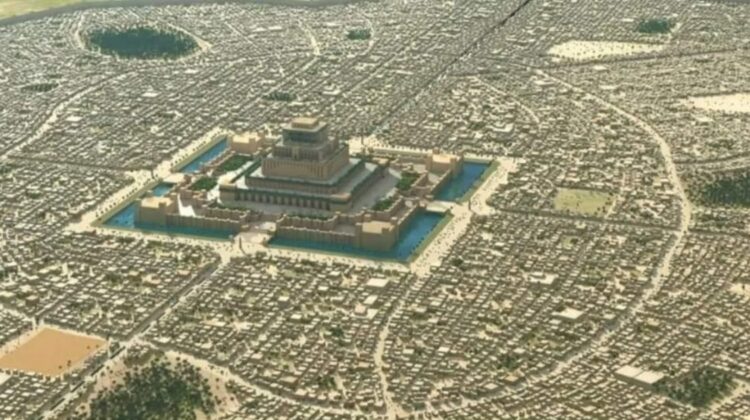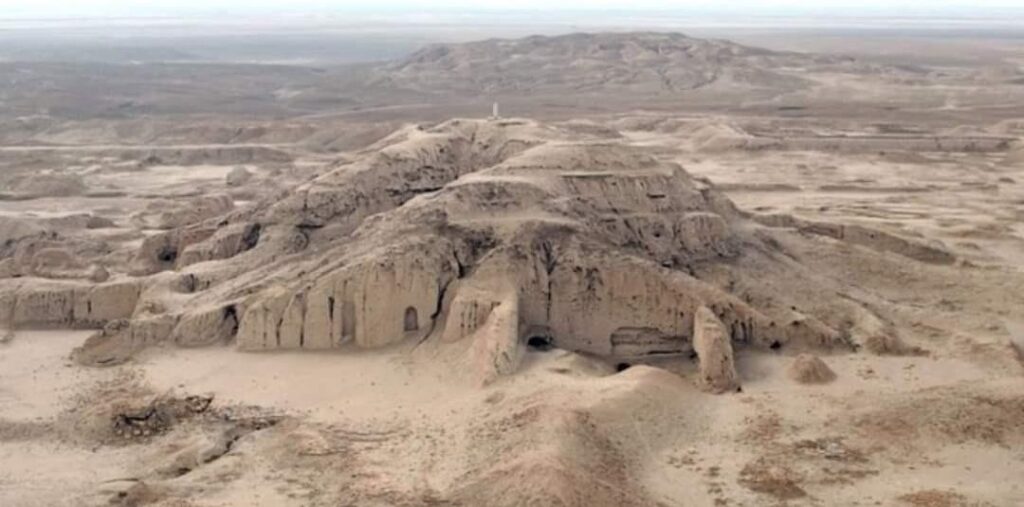
Located in modern-day Iraq, Uruk was one of the first cities in the world. It emerged in the late 4th millennium BCE as a major center of trade, commerce, and culture. At its peak, Uruk was home to over 50,000 people and covered an area of over 4 square kilometers.
The city was surrounded by a massive wall, which protected it from invaders. Inside the walls, there was a bustling metropolis with temples, palaces, markets, and workshops. The city was also home to a thriving intellectual community, which produced some of the earliest known works of literature and science.

The earliest known examples of writing were actually found in Uruk and date back to the late 4th millennium BCE. These early writings were used to record economic transactions and bureaucratic records. However, over time, writing began to be used for other purposes, such as literature and religion.
Gilgamesh is the mythological king of Uruk. He is the protagonist of the Epic of Gilgamesh, the oldest surviving work of literature in the world.

Uruk’s influence can be seen throughout the ancient world. The city’s writing system was adopted by other civilizations in Mesopotamia and beyond and its art and architecture had a major impact on other cultures.

Leave a Reply